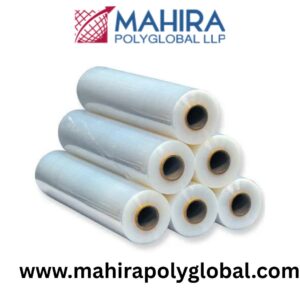Through the ages jewellery has never been just an accessory in the Indian culture but a symbol of tradition, beauty, spirituality and more so identity. Throughout history including ancient and modern times, jewellery has always been an important part of the lives of womenfolk in India. That is whether it is the handmade jewellery, made by the local artists or shell jewellery found at the seashores, traditional jewellery has managed to evolve and at the same time remain close to its traditions.
1. Indian Jewellery: A Symbol of Culture and Tradition
Thousands of years of jewellery history have been created in India. The first signs of jewellery-work have been found as early as the Indus Valley Civilization when people decorated themselves with beads, shells and stones. The craftemanship developed over centuries with dynasties such as Mauryas, Mughal etc adding gold, silver, gemstones, and design.
-
Kundan and Meenakari from Rajasthan
-
Temple jewellery from Tamil Nadu
-
Polki and Jadau from Gujarat
-
Silver tribal jewellery from Odisha and the Northeast
2. Jewellery for Women: Identity, Emotion, and Expression
The jewellery of an Indian woman is a continuation of her personality and her life process. It can be connected to such significant events as a wedding, a festival, or the birth of a child. Notably, items like mangalsutras, nose rings, bangles and anklets are considered insignificant of femalehood and marital status.
3. The Rise of Handmade Jewellery
In the days of new fast fashion and mass production, handmade jewellery has found its way back intensely. Personally prepared by hands, handmade works bring uniqueness and character at the expense of factory-made products. Some of these decorations are fashioned by techniques that go back many generations.
India has thousands of gifted artisans specialising in handcrafted jewellery. Silver hand beaten in Rajasthan to beaded chokers in Nagaland- it is diversity galore. Sustainable fashion and the need to empower local people are also promoted by the resurgence of interest in handmade jewellery.
4. Shell Jewellery: Nature’s Elegant Touch
Shell jewellery is among the oldest and cleanest forms of embellishments, and Indian sea-side and tribal communities have been practising it for centuries. Earrings, necklaces, anklets and headgear were made of cowrie shells, conch shells etc.
Shell jewellery served as fertility, riches, and divine protection in the old days in India. In most regions, cowries even served as money. The spiritual element plays a large role as well conch shells (shankh) are a holy Hindu object in rituals and they do not attract negative power.
5. Seashell Jewellery: A Blend of Tradition and Boho Style
Seashell jewellery is an extension of shell jewellery, and it is equally becoming a favourite among women today who are fond of nature inspired jewellery. These works mostly contain colored, textured and naturally-found seashells, which are commonly hand-selected in beaches such as Goa, Kerala, and the Andaman Islands.
The uniqueness of seashell jewellery is that it has a rustic charm. No two shells are alike and this makes each ornament unique. This jewellery looks really good with resortwear, with cotton sarees or with Indo-western fusion outfits.
6. Traditional Jewellery in Modern Times
Jewellery is not only worn during marriage and special occasions any longer. Contemporary women are after more multifunctional products they can use on a daily basis. Designers are also mixing old world classicism and modern minimalism- a combination that created jewellery that is lightweight, comfortable, elegant and goes with both ethnic and western clothing.
You’ll find:
-
Gold-plated shell jewellery paired with linen kurtas
-
Oxidized silver handmade jewellery styled with denims
-
Seashell jewellery used as boho accents on resort wear
In addition, the jewellery companies are adopting environmental friendliness by incorporating natural materials, renewing crafts that were dying out and enforcing ethical manufacturing. On the Internet, it has never been more convenient to customers who wish to look and promote handmade jewellery in distant artisan clusters.
Conclusion: Celebrating Tradition with a Modern Soul
Traditional jewellery is more of present than a past because it is a living being that changes over time and shape. Be it the exquisite nature of hand crafted jewellery or the rugged beauty of seashell and shell based jewellery, Indian jewellery still stands a heart throb at all stages of a life.





